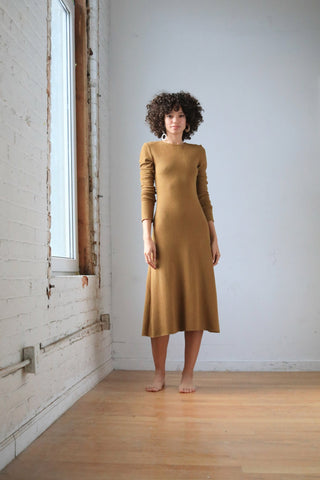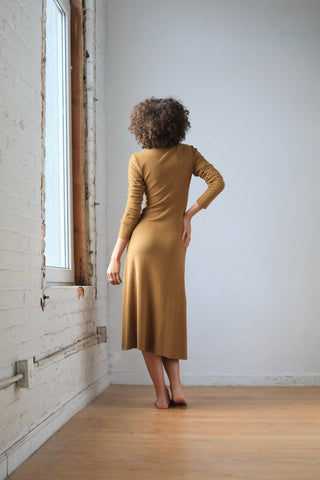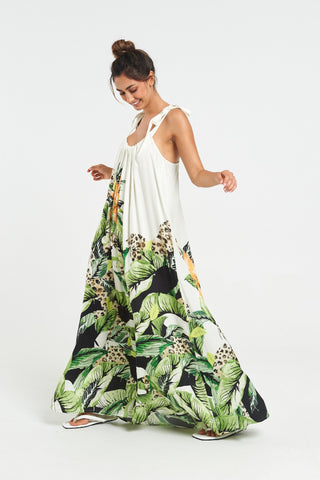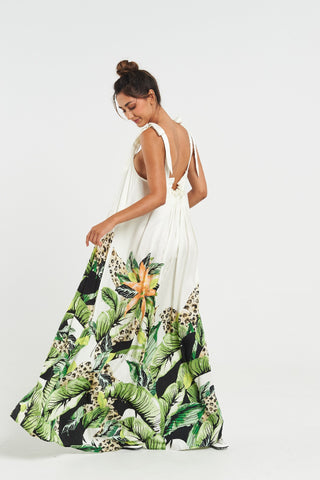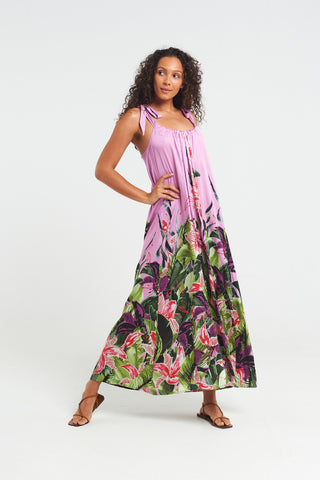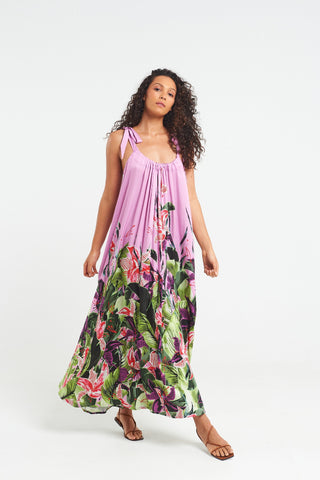RECYCLING VS. UPCYCLING

Even though sustainability seems like a modern buzz word, our grandparents lived up to this concept back in the day much more than we do now. They were used to owning a few good pieces of clothing and keeping them for a lifetime, fixing and mending if necessary. Then it came the era of mass-production and mass-consumption and we got used to buying new clothes all the time and disposing of them without really think where those clothes would end-up or where they came from. Both recycling and upcycling attempt to address these issues by stopping us from exhausting raw materials and also by preventing products from ending up in the ocean or landfills, which we now agree is kind of screwing up our planet. They both involve taking potential waste and turn it into something useful.
What is the difference between these two concepts?
Upcycling means to take existing materials or clothes (all or parts of them) and turning them into a new product of increased value. Upcycling is very much in trend as many designers are using the technique to produce creative and unique pieces. Even though the concept isn’t new at all, the term was coined recently in the late 1990s. Recycling gives materials or products another life by processing them and transforming them into a new material or product; like turning plastic bottles into fabric. Recycling is more energy and resource-intensive.
Let’s look at an example
Upcycling: when you happen to find an old t-shirt from your ex in your closet, and instead of throwing it away, you crop it and turn into a cool vintage tee.
Recycling: taking or sending that same t-shirt to a recycling facility, have them figure out if it is actually recyclable, and if it is, the tee will then be deconstructed and turned into reusable fibers to make new fabric. That new fabric made from recycled fibers, is then used to produce a new piece of clothing.
What technique do we prefer?
The answer is not so simple. Current recycling technologies have a higher carbon footprint, so upcycling seems to be better for our environment. We definitely encourage you to look for clothes you already own or find second-hand, and give them a second life by altering or rethinking them and making them feel like new. Also, if you find an upcycling designer that you like, you will add valuable and stylish pieces to your closet that no one else will have. This being said, upcycling is not necessarily scalable and not everyone will engage in this practice, at least not on a consistent basis realistically (we get it). This will require a dramatic shift in consumption/production patterns, and our mother Earth might not have enough patience for this. Improving upon recycling technologies and renewable energy sources seems to be key in order to give what would otherwise become waste a second life, and a third and a fourth one...
Another important distinction
Since we’re on this, we thought it was worth mentioning that clothes made from recycled materials is NOT the same as recycling clothes. Recycled-fabric clothes can be made out of clothes or other materials that were recycled. Clothes that are recycled can be turned into clothes or into other products.
Challenges with recycling
Designers, environmentalists, tech start-ups and other humans who want to keep inhabiting planet Earth are working on the barriers that prevent recycling from becoming a great solution to many environmental problems. One important challenge is getting people to recycle clothes, which most people aren’t doing which means we need to make it more convenient or to better incentivize people. If you want to recycle clothes in the US, you can Google “where to recycle clothes + city name”. Also, certain brands offer store credit if you send them your old clothes from their brand (and sometimes of other brands too). Other challenges include the use of conventional energy sources and the commonly available technologies which are still limited in the sorts of clothes that can be recycled.
An industry-wide solution would be ideal. The H&M Foundation is giving away £1 million ($1.3 million) to game-changers and innovators via their Global Change Award aim with the goal of speeding up the process of finding, supporting and scaling disruptive technologies that can make the entire fashion industry “circular” and more sustainable. There is a lot of innovation already taking place in the industry so we’re excited to see how this evolves.





